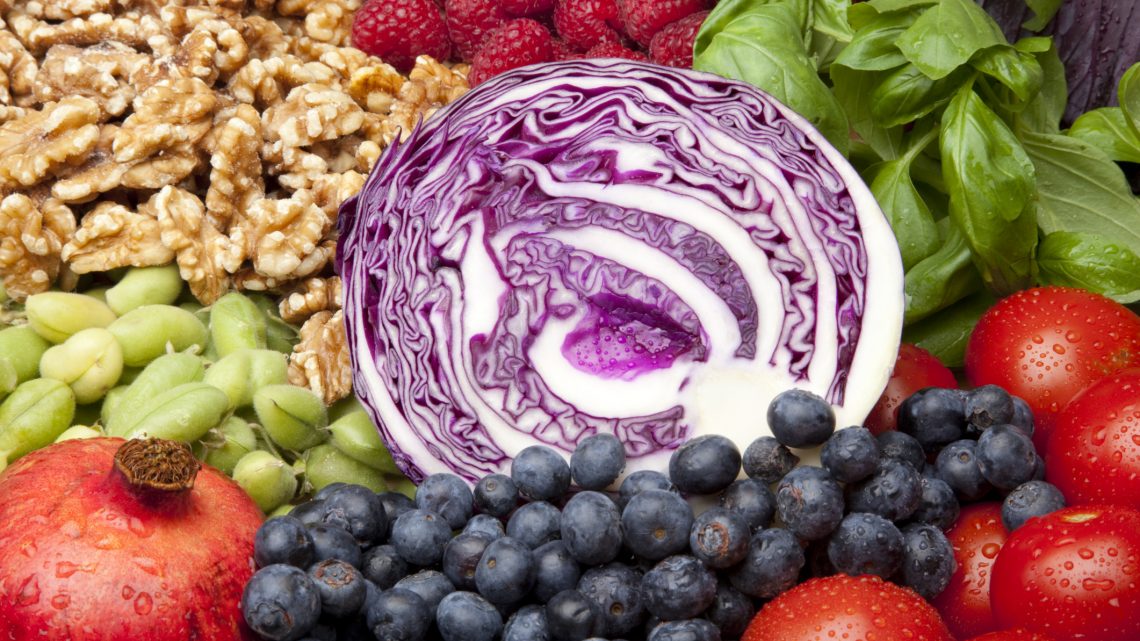Although the term super foods has no legal definition and is used more often by advertisers than nutrition scientists, there are certain foods that are frequently recognized as such because they are extremely nutrient dense.
Everyone knows we need to eat healthier. And we’re trying; but there are always challenges. “Super foods” sometimes cost more—a lot more—and our budgets may not allow it. Sometimes we don’t know how to prepare super foods so that our loved ones will eat them (sometimes WE don’t want to eat them!) Or we don’t have time to fix gourmet recipes.
Here’s a list of six commonly labeled super foods, their upsides and downsides, and suggestions of less costly or friendlier-to-use foods (that are also often on super food lists—just farther down).
1. Kale. I’m starting with vegetables because for most people that’s the hardest one. There’s no denying that kale has powerful antioxidant qualities. It contains high amounts of phyto-chemicals that may help in preventing macular degeneration and cataracts. Kale also may help to protect against many types of cancer. For a long time I didn’t like kale—too bitter, too hard to chew. Then I tried a different variety (there are at least 9 types) and a different method of preparation (quick steam). Big improvement! But if you’re still not into kale, don’t worry.
Easier: Sweet Potatoes. Here’s another super vegetable that is tasty, healthful, easy to store and cheap. Not related to other potatoes at all, sweet potatoes are in the morning glory family and are often ranked by food scientists as the most nutritious of all vegetables. Half of a large baked sweet potato delivers more than 450% of your daily dose of vitamin A, which protects your vision and your immune system. They also contain the perfect blend of everything needed for long-lasting energy.
2. Berries. All types of fruits are packed with phytonutrients, fiber, vitamins and minerals. And all varieties of berries rank high on super food lists, especially blue and purple ones. But they have seeds that get stuck in your teeth, and the price per ounce is often prohibitive.
Easier: Pears. These under-appreciated fruits are high in vitamins A and C and boast 212 mg of potassium per serving. There are over 5,000 varieties from which to choose. Pears are known as one of the foods least likely to cause allergic reactions.
3. Chia Seeds. These tiny seeds are rich in omega 3 fatty acids. They also provide protein, healthy fats and fiber. But in certain areas they are not easy to find, and if you do, be prepared for sticker shock.
Easier: Flax Seeds. Not only is flax seed loaded with plant omega-3s, it also has more lignans (compounds that may prevent cancer) than any other food. Grind flax seed before using and store it in your refrigerator.
4. Navy Beans. Beans are an excellent fiber source. One half cup serving of navy beans contains 10 grams. But many people experience unhappy side effects from eating beans.
Easier: Lentils. Current thinking is that the lentil is one of nature’s most perfect foods. High in protein and fiber, lentils are also rich in folate and copper. As for preparation, lentils require no soaking and cook much faster than beans.
5. Walnuts. Walnuts are powerful brain food, due to their high levels of polyphenols (antioxidants and anti-inflammatories). Various studies have shown that walnuts lower cholesterol, fight cancer and improve memory. The only downsides are cost and being hard to shell (if you’re cracking your own).
Easier: Almonds. Actually, almonds are the seeds of the fruit of the almond tree. They are one of the less expensive nuts. With a soft texture, mild flavor and light color, almonds can be eaten raw or roasted. When pressed, they yield a nutritious, delicately flavored milk (my personal favorite).
6. Quinoa. This “super grain” is high in fiber, filled with protein, and offers a nutty flavor. The seed of a leafy vegetable, quinoa cooks up like rice and is naturally gluten free. Despite its stellar qualities (including 20 amino acids), my family doesn’t much care for it. I sometimes use quinoa flour in baking, but not often because of the high price.
Easier: Sorghum. When ground into flour, this high-fiber grain tastes very similar to wheat. It is attracting a huge following among those who are gluten intolerant. Sorghum flour is easy to bake with–just add ½ teaspoon of xanthum gum per cup as a binder.
One last thought: Cooking at home using mostly seasonal, fresh foods is the number one way to eat healthfully and save money.










